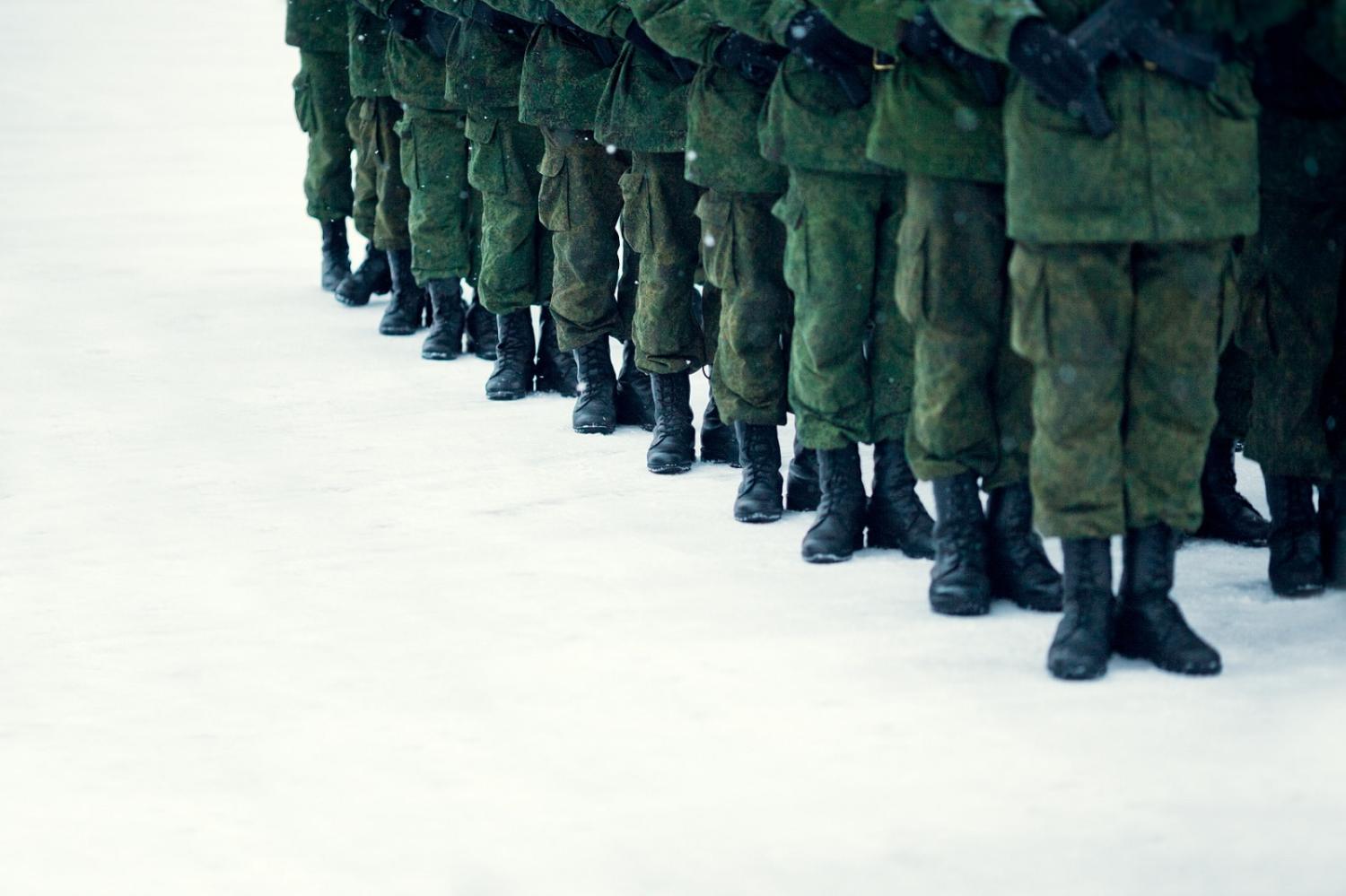Rich White Men With the Wrong Answers on Energy

Former US climate envoy, John Kerry, and former US Energy Secretary, Ernest Moniz, are wealthy white men making the wrong decisions for our energy future. Photo: US Department of State.
Remember all those doomsayers from the pro-nuclear mythology unit who cast Germany’s Energiewende — or green energy revolution — as a catastrophic failure? They claimed, totally erroneously or deliberately misleadingly, that the country’s choice to close all its nuclear power plants guaranteed an increase in fossil fuel use and especially coal.
Germany vehemently denied those false predictions since they clearly knew that the country’s renewables were more than able to replace nuclear and fossil fuels. And so it has come to pass.
Germany’s use of lignite, or brown coal, dropped to its lowest level in 60 years in 2023. Even more dramatically, its hard coal use is at the lowest level since 1955. All of this happened at the same time as Germany was closing its last three reactors.
Meanwhile, according to reporting by Clean Energy Wire (CLEW), and citing an analysis(in German) from the research institute, Fraunhofer ISE, renewables “contributed a record share of more than half of the country’s power consumption” in 2023.
“The country sourced nearly 60 percent (59.7%) of its net power production from renewables, which generated a total of 260 terawatt hours (TWh), an increase of 7.2 percent compared to 2022,” the report said.
The 2022 uptick of coal production in Germany was entirely driven by high gas prices and a shortfall of French nuclear power production. The French nuclear sector was so unreliable that 50% of its reactors were out of action in April 2022, and again in November 2022, just as winter electricity usage began to rise.
Consequently, France had to import electricity to keep the lights on and the heat running.
Far from eating crow, the pro-nuclear boosters like Ted Nordhaus, who co-founded the Breakthrough Institute (BTI), are still crowing about the benefits of nuclear power. Nordhaus couldn’t wait to take ownership of his latest scheme, apparently long in the plotting, to dismantle the U.S. Nuclear Regulatory Commission in order to eliminate the industry’s most burdensome (i.e. costly) hassle of having to worry about inconvenient things like reactor safety. Efforts to do just that are now underway in Congress.
“Through years of rigorous research and engagement with the NRC, BTI has pinpointed crucial opportunities to modernize the regulatory framework that will lay the foundation for streamlined and efficient nuclear reactor licensing,” boasts the company’s website.
Meanwhile, we learn that the struggling Vogtle 3 and 4 new reactor project in Georgia, already 20 billion dollars over budget and years late, is set once again to further gouge ratepayers for the mistakes and failures of Georgia Power. And across the pond that the UK twin EPR project will likely top $59 billion with a completion date originally set for 2017 now pushed back to “after 2029”.
None of these realities deter the pro-nuclear lobby, now led most shamefully by the International Atomic Energy Agency itself. Even as its chief, Rafael Grossi, wrings his hands over the immense dangers posed by Ukraine’s 15 reactors embroiled in a war, he and his agency are planning what it boasts is the “first-ever” Nuclear Energy Summit, to be held in late March in Brussels in partnership with the Belgian government.
The IAEA has now become possibly the world’s most aggressive marketer of nuclear power and is still crowing about what it sees as a triumph at COP28, a veritable nuclear coup d’etat. In reality, this encompassed a miserable 24 countries signing onto an absurd fantasy propaganda statement that the world can and must triple global nuclear capacity by 2025.
Is there any point to the COP anymore? (Was there ever?) It has become one big carbon footprint junket, taken over by the oil companies, and hijacked by the nuclear industry and the IAEA, while making pledges rarely kept. The next one, in Azerbaijan, is chaired by yet another oil executive and has precisely zero women on its 28-member organizing committee.
The COP28 triple nuclear declaration was followed by an outrageously presumptuous assertion, by former U.S. energy secretary, Ernest Moniz (with Armond Cohen) in a Boston Globe oped, that, quote, “The world wants to triple nuclear energy.” (The Globe published our reply on January 17.)
Are we tired yet of absurdly rich, mostly White men pronouncing what they have decided the world wants from the comfort of their ivory towers? We are one such elitist down now with the retirement of 80-year old multi-millionaire John Kerry as US climate envoy. As of January 2024, Kerry’s net worth was $250 million, but that’s after divesting himself from his shares in fossil fuel, nuclear power and nuclear weapons companies.
Kerry has been replaced by, yes, drumroll, another old, rich, White man in the person of perennial White House advisor, John Podesta, founder of the Center for American Progress. Podesta, a stripling at 75, is a mere pauper compared to Kerry with a net worth of just $10 million-$13 million depending on sources, none of which are fully reliable.
Where Podesta might stand on nuclear power is a little murky, although one assumes he will tow the Biden/Kerry line and evangelize accordingly. He is on the record as considering nuclear power as a producer of hydrogen, telling Cipher in a September 2023 interview: “I think the questions around how to utilize existing nuclear and the production of hydrogen are definitely on the table.”
And then there’s Rishi Sunak, prime minister of the UK, who, together with his even richer wife, has a net worth of $670 million. Despite all the evidence of extreme costs, rising sea-levels and agonizingly slow timelines, on January 11, Sunak’s government announced its plan for the country’s “biggest expansion of nuclear power for 70 years to create jobs, reduce bills and strengthen Britain’s energy security.”
Nuclear power of course can achieve none of these. The electricity even of the current new nuclear reactors nearing completion at Hinkley Point will be almost triple the price Britons are currently paying. Promised new jobs will evaporate along with the new reactor plans, as we have already seen elsewhere — the V.C Summer and NuScale projects being prime examples.
To achieve so-called energy security and get off its reliance on imported Russian reactor fuel, Sunak’s government also announced it would invest $381 million to produce the fuel domestically.
This is all a colossal betrayal of working people and their needs, with money squandered on illusory, expensive and irrelevant nuclear projects whose only purpose is to sustain the UK’s nuclear arsenal, one that could destroy the world many times over.
What Moniz, Kerry, Grossi, Sunak and other nuclear-promoting leaders need to understand is what the world actually wants, alongside peace, is fast, affordable and safer renewable energy, not another Chornobyl.
This first appeared on Beyond Nuclear International.



 A model walks the runway during the Romeo Hunte runway show during New York Fashion Week in New York City on Feb 13, 2024. — AFP
A model walks the runway during the Romeo Hunte runway show during New York Fashion Week in New York City on Feb 13, 2024. — AFP


